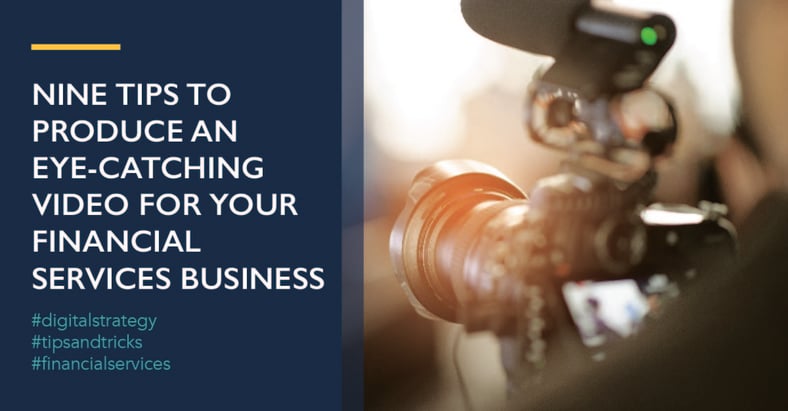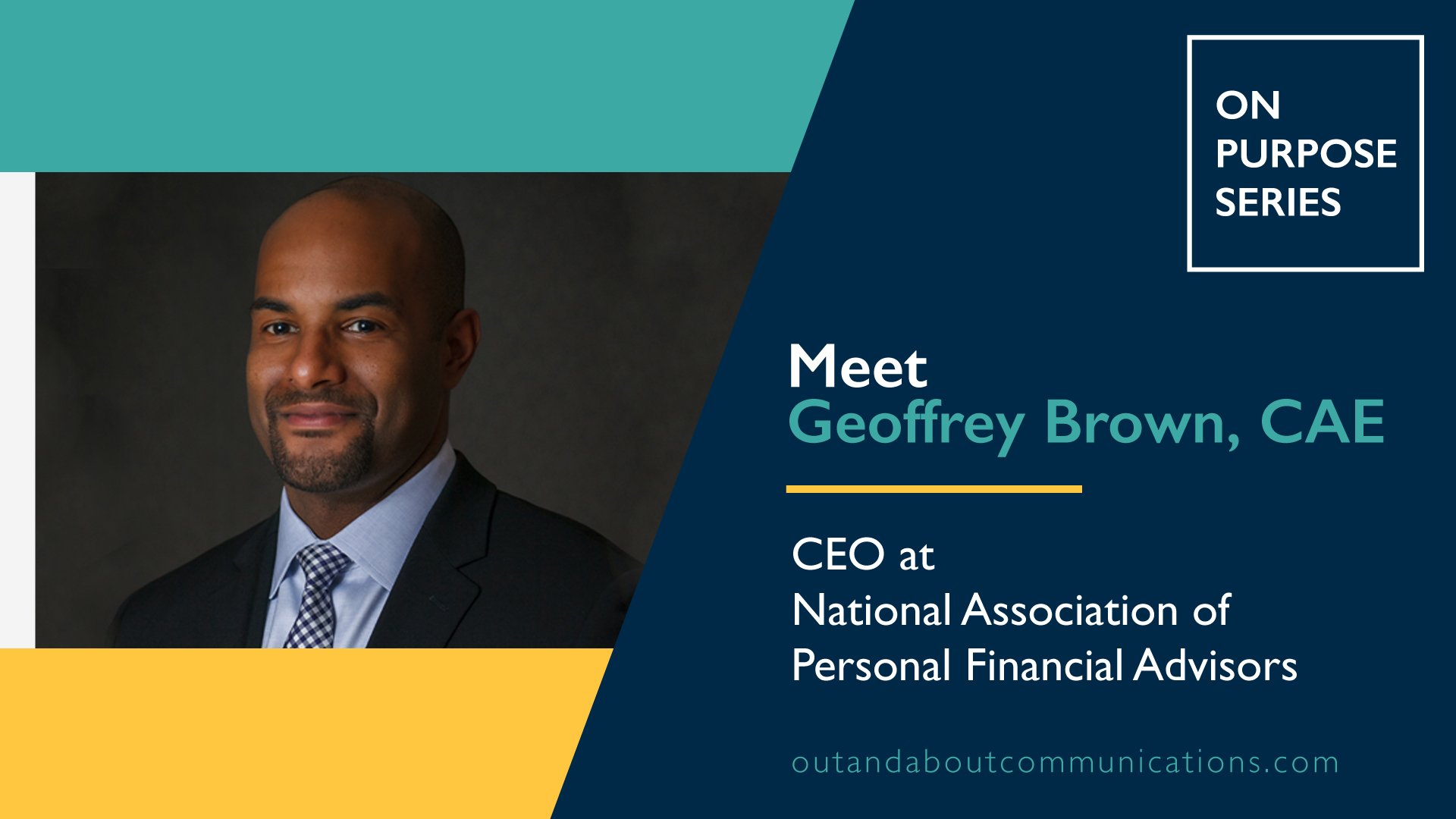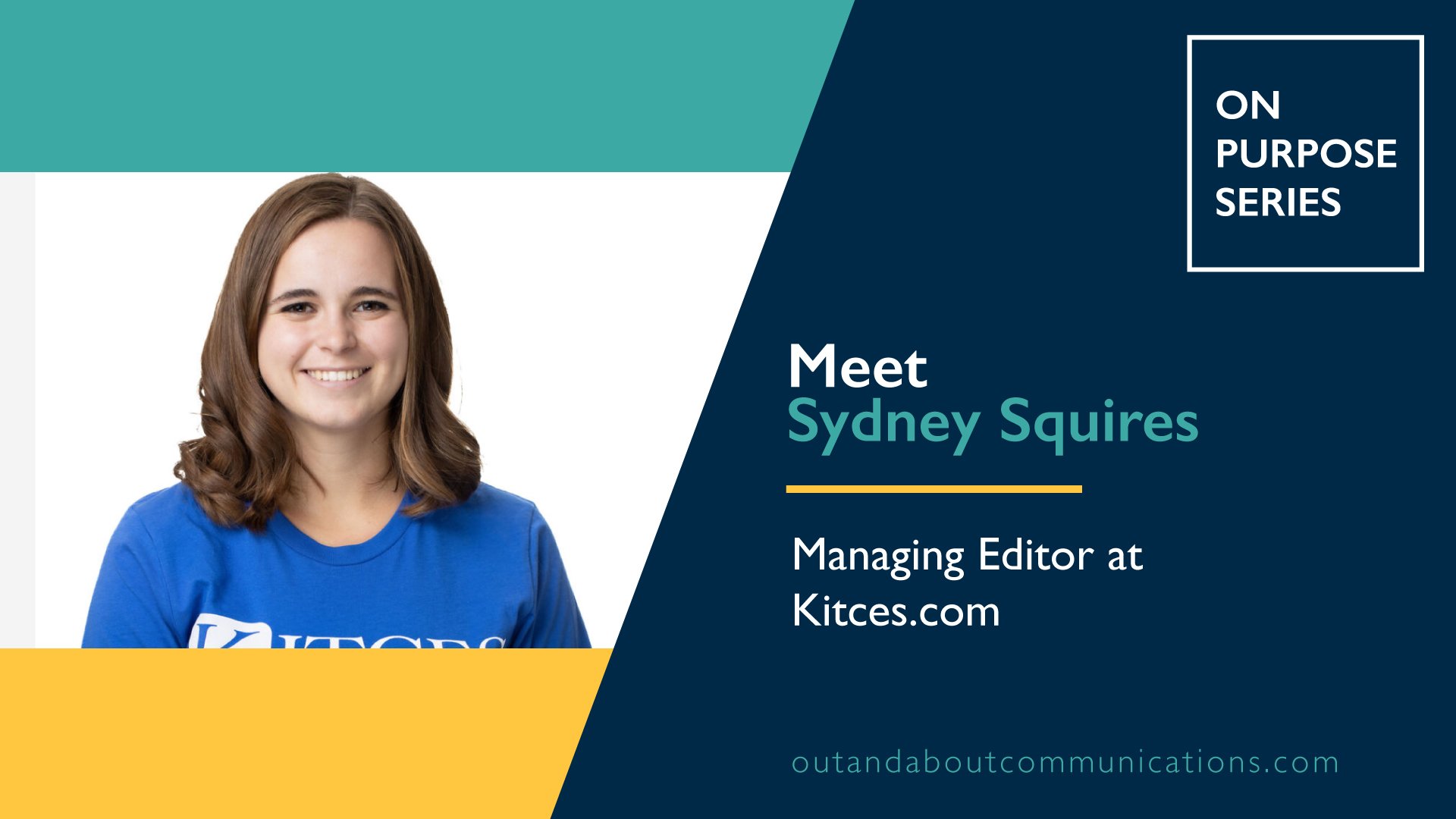
Everyone is familiar with the cookie pop-up when visiting a new website. But do you know what it means if you accept or decline cookies? Even more, do you have this feature on your financial services webpage? Cookies and pixels can completely change your marketing tactics when used to their full potential.
What Is a Cookie?
Just to make sure we’re on the same page, we’re not talking about your grandma’s oatmeal raisin cookies. Instead, we’re talking about a small piece of code that is designed to optimize user experience and collect information. Cookies are a common tool in website development, with around 39% of websites using cookies, according to W3Techs.
Although many people have privacy concerns regarding cookies, there are many benefits for users. Cookies are what allows websites to remember login information, keep items in a virtual cart while shoppings, and store user preferences like time zones. They are also helpful for website owners and allow them to analyze their website traffic.
Marketing With Pixels
Let’s take it further with the concept of pixels. These are the chocolate milk that goes with your cookie. While cookies are useful, they have some limitations. Cookies are stored in a browser like Safari or Google Chrome, so they can’t cross devices. Pixels are stored in servers, so users' information can be linked across devices. Another difference is that cookies can be denied and cleared by users, while pixels cannot be disabled.
Pixels are a marketer’s best friend. Their ability to transfer between devices can give a fuller picture of users. What content a user interacts with on their phone versus their laptop is different, and a pixel can see all of it and reveal facets of your target audience you weren’t aware of.
Pixels are great at tracking engagement and conversions, so marketers can review how the client progressed down the marketing funnel. They use this information to create retargeting ads to those who are likely to be interested in their service. Marketers can also request “look alike” targets who have similar demographics and characteristics to successful audiences.
Do I Need A Pop-Up Banner?
Now that you have an understanding of what pixels and cookies are, we can go back to the cookie pop-up banner. If you decide to implement the usage of cookies and pixels, there are regulations on what you need to divulge to your website visitors and what permissions you need from them before collecting their data.
Banners may or may not be required for your specific situation, but it’s best to cover your bases. In short, you must obtain user consent before implementing cookies or other trackers for any purposes that are not strictly necessary or otherwise exempt. Furthermore, you must provide the user with clear and comprehensive information about the use of cookies. The simplest way to do this is to create a pop-up banner with links to more information and an opt-in button.

Are you selling the user’s data? How are you using it? The user has to consent to this beforehand. Valid consent has three essential requirements:
- Freely given- The user must have a genuine choice between accepting your cookie policy or forgoing it.
- Specific and informed- You must explain who is using the cookies, the purposes for which cookies are being used, and that the user has the right to easily withdraw consent at any time.
- Unambiguous and affirmative- The consent moment involves a clear and positive action, such as physically clicking on an opt-in box to indicate consent.
Time To Get Started
Implementing the use of cookies and pixels will help your marketing team garner more leads and conversions; you just have to ensure you collect information ethically and legally. Make sure to consult with an expert while setting up your cookie storage.
If you’re not quite ready to embark on your cookie journey, there are other ways to increase your marketing efforts. Check out some of our other blog posts on how to generate a new qualified lead every day and optimize your website to increase conversions.






